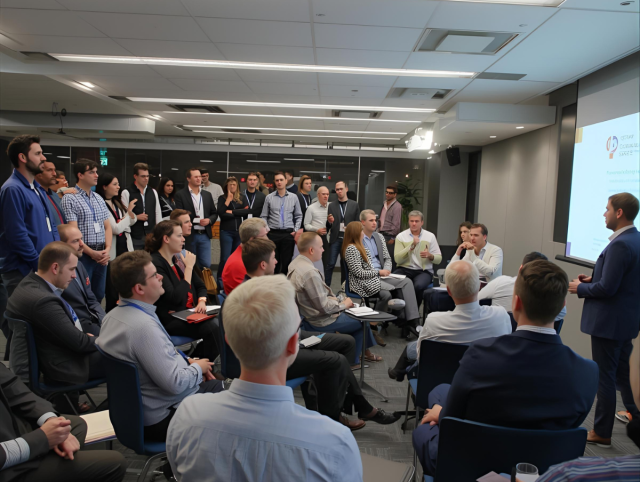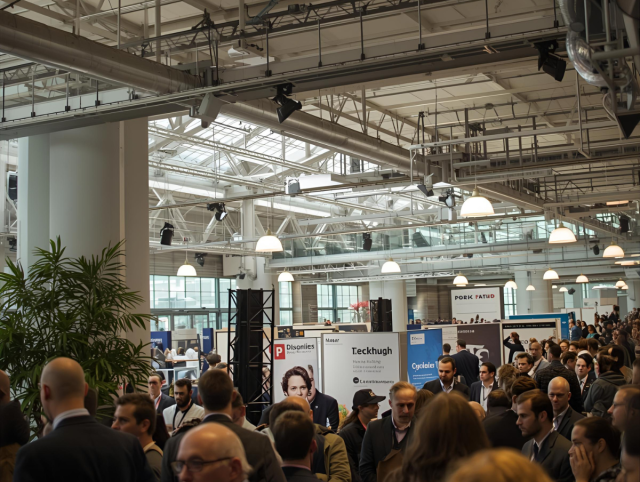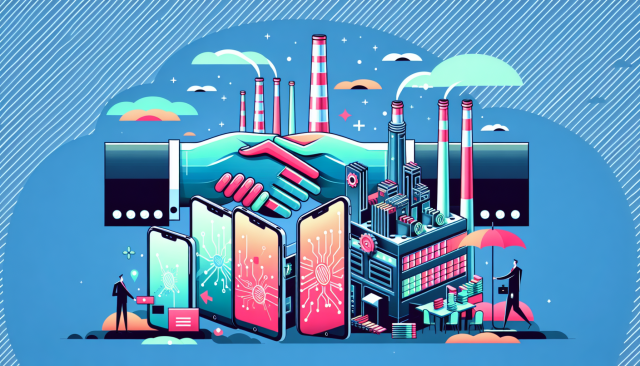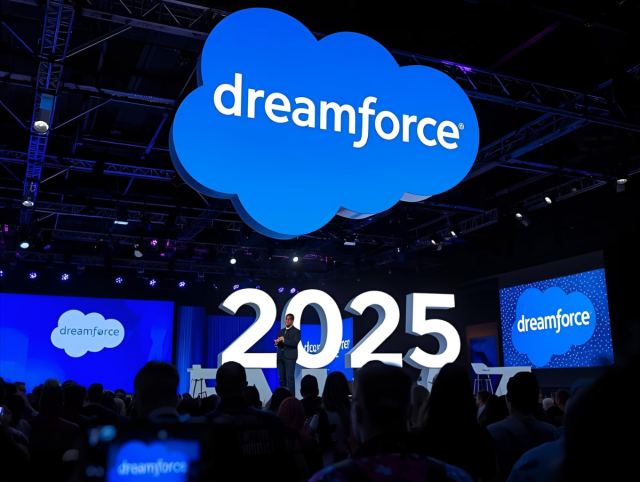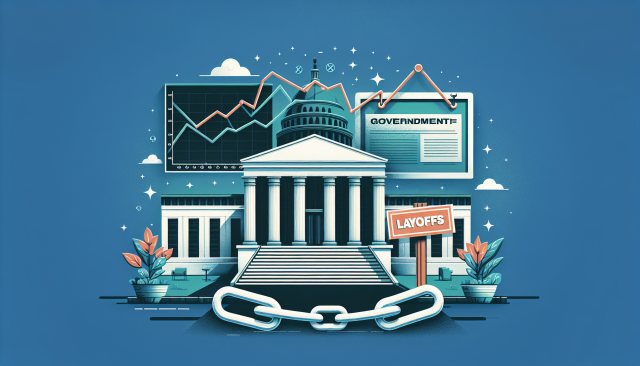Carry Your Office: Why the Anker Prime Becomes the Work Traveler’s Essential Power Bank
Carry Your Office: Why the Anker Prime Becomes the Work Traveler’s Essential Power Bank
When flights run late, coffee shops close, and hotel outlets feel like a scavenger hunt, the real difference between a disrupted day and a productive one can be a single source of reliable power.
The modern workday is untethered — until your battery betrays you
For knowledge workers who move between home, office, airports and hotels, digital continuity is the currency of productivity. A drained laptop or phone is not merely an inconvenience; it is a bottleneck that reshapes meetings, deadlines and client conversations. The Anker Prime positions itself as an answer to that fragility: not a niche gadget but a practical tool designed to preserve momentum.
Why a single power bank can change how you travel for work
There are two kinds of travel moments: the ones where a phone top-up is enough, and the ones where you need to run a full workday — video calls, presentations, local backups — without a wall outlet. For the latter, the metrics that matter are not just capacity, but sustained power delivery across multiple devices, reliable thermal and electrical safety, and portability that doesn’t feel like a lug.
Design and capability that meet laptop-class demand
The Anker Prime is built around three practical ideas: a high-capacity battery pack, multiple USB-C Power Delivery outputs, and intelligent delivery that keeps devices charging under real-world loads. In practice, that means a single device can resurrect two power-hungry laptops and still offer a useful boost to a smartphone.
What distinguishes the Prime from ordinary chargers is not just raw amp-hours but how it delivers that energy. A power bank that peaks at a high wattage for a few seconds but drops off when the load increases leaves you halfway to nowhere. Prime maintains laptop-class delivery across concurrent ports, so two MacBook Pros engaged in a meeting and a phone running hotspot don’t starve each other of power.
Real-world scenario: Two MacBooks, one iPhone, one long day
Imagine a co-working day spent between an early flight, airport lounges, and back-to-back advisory sessions. Two teammates are editing large files on MacBook Pros while one is hosting a video call and another is tethering an iPhone for connectivity. In testing over a sequence of long, CPU-intensive tasks — edits, compilation, live streaming and screen sharing — the Anker Prime sustained the laptops through multiple hours of use without toggling performance mode on the machines or forcing them to cut battery-dependent features.
The practical advantage here is predictability. Rather than babysitting battery percentages or hunting for an outlet at every stop, teams can plan long blocks of work. A power tool that can nurture two laptops and a phone simultaneously turns the airport, the train car, or the café into a functional extension of the office.
Speed, prioritization and intelligent delivery
Speed matters, but so does how speed is allocated. The Prime’s charge logic recognizes device needs and prioritizes appropriately: when a laptop draws heavy current it receives steady power, while smaller devices are given enough to remain operational and top up sensibly. That eliminates the annoyance where a phone pulls minimal current while a laptop struggles to get the power it needs.
For work travel, this means fewer interruptions during calls, fewer mid-meeting battery warnings, and a reduced need to shuffle cables or swap charging blocks.
Portability and the practicalities of travel
Portability is always a tradeoff against capacity. The Anker Prime finds a balance that’s practical for checked baggage-averse travelers: small enough to carry comfortably in a day bag, yet substantial enough to power laptop workflows. The casing is robust; the unit survives the small abuses of travel — knocks, pressure inside an overstuffed backpack, and frequent plugging/unplugging — without losing composure.
There are two travel rules to keep in mind. First, always carry power banks in the cabin rather than checked luggage: they’re safer and airlines expect them there. Second, be aware of airline policies for high-capacity batteries. Many frequent business travelers are already familiar with the FAA and international guidance that differentiates devices by watt-hour ratings; for anything above typical carry-on thresholds, a quick check with your carrier keeps the day running smoothly.
Longevity and reliability
Durability isn’t just physical. It’s about preserving capacity and consistent delivery across many trips. Well-designed packs use quality cells and a battery management system that protects against overcurrent, overvoltage, and thermal stress. That engineering reduces the rate at which usable capacity declines, so the unit you buy now behaves more like a companion than a disposable accessory.
From a work-travel perspective, reliability also means predictable behavior under pressure: you want to know, with certainty, that a device can handle the load of a presentation or a client call without unexpected shutdowns. The Prime’s internal regulation helps achieve that predictability.
Safety and etiquette in shared spaces
Charging two laptops and a phone in a crowded lounge obviously raises practical etiquette and safety questions. Pick cable management strategies that avoid blocking tables and keep noise to a minimum: short, well-routed cables and a placement near your seat rather than the center of the table make shared spaces more usable for everyone. From a safety angle, the built-in protections and passive thermal design minimize worries even during long charging sessions.
How this changes the day for teams and solo travelers
For the solo traveler, the Prime means fewer forced sacrifices: you no longer have to choose between a full laptop battery and a phone with connectivity. For teams, it enables distributed work without swapping a limited set of outlets: everyone can plug in and keep working. That’s not the kind of improvement that shows up in charts; it shows up in calm meeting finishes, unbroken presentations, and the ability to respond to clients from odd corners of the world.
Where it fits in the ecosystem — and where it doesn’t
Not every traveler needs a high-capacity, laptop-class power bank. If your work is light — email, messaging, infrequent calls — smaller, lighter chargers suffice. But for people who rely on heavy laptops, frequent video conferencing and tight schedules, the Prime replaces a tangle of chargers and outlet hunting with a single, reliable node of power.
It won’t replace a full power station for off-grid extended work, nor is it a substitute for a consistent wall outlet in the office. What it does do is take the anxiety out of the in-between moments that define modern work travel.
Practical tips for getting the most from your power bank
- Carry all necessary cables and a short extension cable if you expect to share a small table in a lounge.
- Keep the power bank in carry-on and monitor airline rules for high-capacity batteries on long international routes.
- Use power-saving settings during long charging sessions to extend the practical run time when you need it most.
- Consider a routine: charge the power bank nightly while devices are idle so it’s ready for the next travel day.
Final thought: Productivity without the outlet
The value of a power bank like the Anker Prime cannot be reduced to specs alone. Its import is felt in the small hours of travel when decisions are being made and work must continue. By reliably sustaining multiple laptops and a phone, the Prime converts liminal spaces — airports, lounges, hotel lobbies — into dependable workstations. For the traveling professional, that reliability amounts to freedom: freedom from the nearest outlet, from the timing of a hotel check-in, from the anxiety of a battery warning in the middle of a client presentation.
In a world where work is increasingly location-agnostic, tools that preserve continuity are not luxuries; they are infrastructure. The Anker Prime is one of those practical infrastructural pieces. It’s not flashy. It simply keeps the day moving.


















